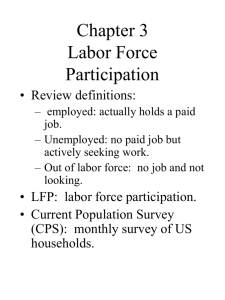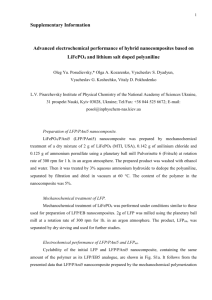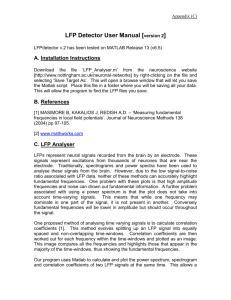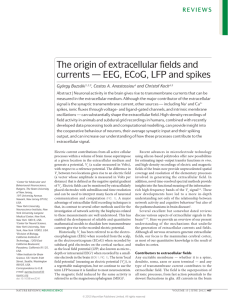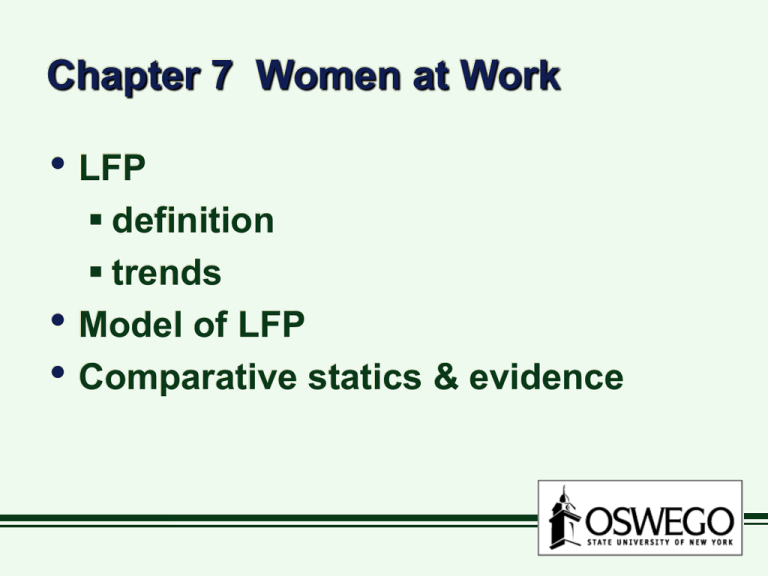
Chapter 7 Women at Work
• LFP
•
•
definition
trends
Model of LFP
Comparative statics & evidence
Labor Force Participation (LFP)
• labor force
age 16+
= employed + unemployed
unemployed
= persons actively seeking work
Civilian Noninstitutional Population, 16+
September 2004
not in LF
34%
unempl.
4%
employed
62%
NOT in the labor force
• children
• disabled
• retired
• housewives/househusbands
• full time students
• LFP rate
•
= labor force
civilian noninst. population 16+
Bureau of Labor Statistics
LFP Rates 1950-2002
Men 16+
Women 16+
100
LFP rate
80
Men
60
Women
40
20
0
1950
1960
1970
1980
1990
2000
Male LFP by Age 1950-2002
20-24
25-34
35-44
45-54
54+
1980
1990
2000
100
80
60
40
20
0
1950
1960
1970
Female LFP by Age 1950-2002
20-24
100
80
60
40
20
0
1950
1960
25-34
1970
35-44
45-54
54+
1980
1990
2000
LFP rates by race 1972-2002
white women 20+
black women 20+
100
80
60
40
20
0
1955
1965
1975
black men 20+
white men 20+
1985
1995
LFP of Married Women, 16+
70
60
61.3
1990
2000
50
50
41.4
40
31.7
24.8
30
20
58.4
16.7
10
0
1940
1950
1960
1970
1980
Married Female LFP
married w/children
married w/ children <6
100
80
60
40
20
0
1970
1980
1985
1990
1995
2000
Female LFP
married w/ children <1 white
married w/ children <1 black
100
80
60
40
20
0
1975
1985
2000
M ale LFP by Education 1992-2000
100
90
80
70
60
50
40
30
20
10
0
1992
< HS
1995
HS diploma
1997
1998
some college
1999
2000
college degree
Female LFP by Education 1992-2000
100
80
60
40
20
0
1992
< HS
1995
HS diploma
1997
1998
some college
1999
2000
college degree
Female LFP Across Countries
1960
70
60
50
40
1999
60
58.9
48.1
38.2
48.6
41.1
France
Ger
52.7
48.9
37.7
32.335.2
30.1
30
20
10
0
Canada
Italy
Japan
U.S.
LFP trends
• by sex
falling slightly for men
• earlier retirement
•
rising substantially for women
by age
falls off substantially by 55
• by race
LFP for black women is higher
than white women
LFP for black men is lower than
white men
• by family status
big increase in LFP for married
women
• especially those with children
over 50% of women w/ small
children are in the LF
• by education
LFP higher for men & women as
level of education rises
• especially for women
FLFP over the life cycle
• Women born around 1900
•
women left LF at marriage and
never returned
by the 1905-1935 birth cohort
women leave LF at marriage but
return later
Modeling FLFP
• focus on women
big changes over time
still substantial variation
Model of time use for a woman
• time spent one of 3 ways:
•
market work (M)
housework (H)
leisure (L)
so total time (T) must equal:
M+H+L
• income
her wage (w)
nonearned income (V)
• welfare
• investment income
• husbands income
• her utility is a function of
•
consumption of goods (C)
household production (G)
leisure (L)
U = U(C,G,L)
tradeoff
• more hours worked,
•
more $ to buy stuff,
but less time for leisure, household
production
marginal value of time (MVT)
• additional utility from additional time
•
spent on M, H, or L
MVTM, MVTH , MVTL
MVT falls as M, H, L rise
law of diminishing marginal utility
law of diminishing marginal
returns
The choice
• maximize utility
• subject to constraints
time
•T= M+ H + L
income
• pC = wM + V
• p is price
household production
• G = G(H, Z)
• (Z is household technology)
• endogenous variables (choose)
•
M, H, L
exogenous variables
w, p, V, Z
How to choose
• start with H, L
• at the margin
•
•
one hour at a time
compare MVTs
choose highest MVT for that hour
equalize MVT across uses:
MVTH = MVTL
• why equalize MVT?
because if not,
• shift use of hour from low MVT to
high MVT…
• total utility would rise
• so H*, L* are chosen so that
MVTH = MVTL = MVT*
choice of M (M*)
• if M* = 0
•
woman in not in LF
if M* > 0
woman is in the LF
• When will M* = 0?
i.e. not in LF
when MVTM (1) is below MVT*
• lose utility by working
• if MVTM (1) > MVT*
shift some hours to work until
• MVTH = MVTL = MVTM
Comparative statics
• husband’s income
• woman’s wage
• children
• household productivity
analysis
• how factors change MVT and LFP
•
over time
time series analysis
how difference across groups in
MVT lead to different LFP at a point
in time
cross-sectional analysis
Husband’s income
• for women, nonearned income (V)
• if husbands income is high,
C is high, &
marginal utility from C is low
so marginal utility from wife
working is low
• value of additional C is low
• so if husband’s income is higher,
MVTM (1) for wife is lower
wife is less likely to work
cross –section analysis
• this explains higher LFP of Black
women relative to White women
Black husbands likely have lower
incomes
• MVTM for Black women is higher
than that of White women
time-series analysis
• men’s real wages have risen steadily
up to 1975
our model predicts that this would
cause married FLFP to FALL
so other factors must be at work
note
• idea that married women have been
pushed into LF b/c husbands income
too small
not true for most of 20th century
only an issue in past 25-30 years
Women’s wages
• higher wage
higher MVTM
• can buy more stuff with each hour
of work
• higher MVTM
women more likely to work
• time series
•
large increase in women’s wages
over 20th century
cross section
higher level of education
associated with higher LFP
Children
• family size increase MVTH
•
more household to be done
result
shifts time from L and M into H
LFP less likely
Household productivty
• % of U.S. households w/ a washing
machine
1925: 15%
today: 80%
• and it’s a better machine
• 20th century time savers:
dishwasher
vacuum
microwave
refrigerator
impact of technology
• made women more productive in HH,
• but also makes long hours on
•
household production unnecessary
in total
first hours of H highly valued
additional hours much less valued
• shift some hours spent on
housework to either
leisure
work
• increase in LFP
Evidence overall
• pre WWII
•
husband’s income was largest
influence on LFP of married
women
post WWII
women’s wages rates became
more important


